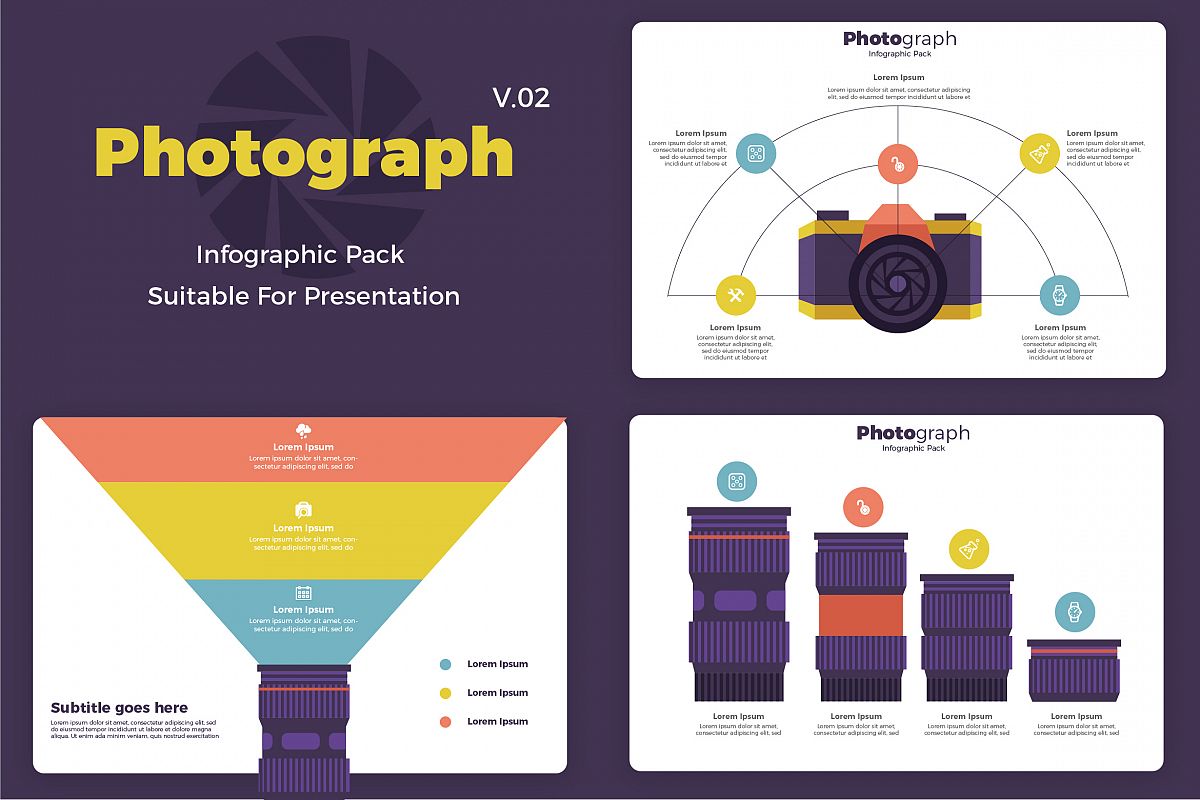Digital Photography Tips For Beginners: Mastering Your Video Camera Quickly
Digital Photography Tips For Beginners: Mastering Your Video Camera Quickly
Blog Article
Article By-Tobin Odgaard
When you first get your camera, it can really feel overwhelming with all the settings and alternatives readily available. You may find yourself questioning exactly how to navigate aperture, shutter speed, and ISO properly. Understanding these basics is important, however there's even more to digital photography than just technical knowledge. Recognizing Visa photos and lights problems can boost your images significantly. So, suppose you could discover easy strategies to improve your abilities and start catching outstanding photos faster than you assume? Let's check out just how to transform your digital photography journey.
Comprehending Cam Setups
Recognizing your video camera settings is crucial for catching magnificent images. When you pick up your camera, acquaint yourself with the three primary settings: aperture, shutter speed, and ISO. Each plays an important role in exactly how your pictures turn out.
Beginning with aperture, which manages the quantity of light getting in the lens. A wider aperture (reduced f-number) lets in extra light and creates a beautiful background blur, perfect for portraits. On the other hand, a narrower aperture (greater f-number) maintains more of the scene in focus, ideal for landscapes.
Next off, focus on shutter rate. This setup determines how long your camera's sensor is subjected to light. https://zenwriting.net/delmer12santana/easy-ways-to-improve-your-picture-photography freezes activity, which is fantastic for activity shots, while a slow shutter rate can create stunning impacts like smooth water in landscapes.
Last but not least, adjust your ISO. This setup impacts your camera's sensitivity to light. A greater ISO serves in low-light situations but can present noise or grain. Aim for the lowest ISO feasible while still accomplishing appropriate exposure.
Composition Strategies
When you're out shooting, structure can make all the distinction in exactly how your photos resonate with customers. Beginning by utilizing the guideline of thirds; visualize your structure separated into 9 equivalent areas with two horizontal and 2 upright lines. Setting key elements along these lines or at their junctions to create equilibrium and passion.
Next, take into consideration leading lines. These all-natural lines in your scene, like roads or rivers, attract the viewer's eye right into the photo, guiding them with the story you're informing.
Do not forget framing; usage components within your scene, like trees or windows, to create a structure around your subject, adding depth and focus.
Additionally, keep an eye on your history. A chaotic history can distract from your main subject, while a basic one helps it stand out.
Lastly, experiment with symmetry and patterns; they can create a striking photo that records interest.
Learning Illumination Conditions
Grasping illumination conditions is crucial for recording stunning photographs, as the right light can change an average scene into something extraordinary.
Beginning by observing natural light at various times of the day. Mornings and late afternoons offer the best light, referred to as the golden hour. The soft, cozy tones during these times can improve your images wonderfully.
Don't avoid overcast days either; diffused light can reduce harsh darkness and produce a pleasing effect, particularly for pictures.
Explore backlighting by positioning your subject against the source of light. This technique can create a fanciful halo impact and include deepness to your photos.
Take notice of your electronic camera settings too. Change the ISO, aperture, and shutter rate to match the lighting conditions. A greater ISO can aid in reduced light, but beware of grain.
Utilize https://squareblogs.net/jerome41louetta/innovative-ways-to-market-your-digital-photography-provider in darker settings to avoid blur.
Last but not least, don't neglect man-made illumination. Flash and continual lights can be great tools for regulating light in challenging problems.
Conclusion
In conclusion, mastering your cam doesn't have to be frustrating. By recognizing your setups, applying make-up techniques, and using the power of natural light, you'll promptly elevate your photography abilities. Remember, exercise makes excellent, so get out there and explore your newfound understanding. With time and devotion, you'll be recording sensational images that mirror your distinct perspective. Take pleasure in the journey, and do not fail to remember to enjoy while you go to it!
